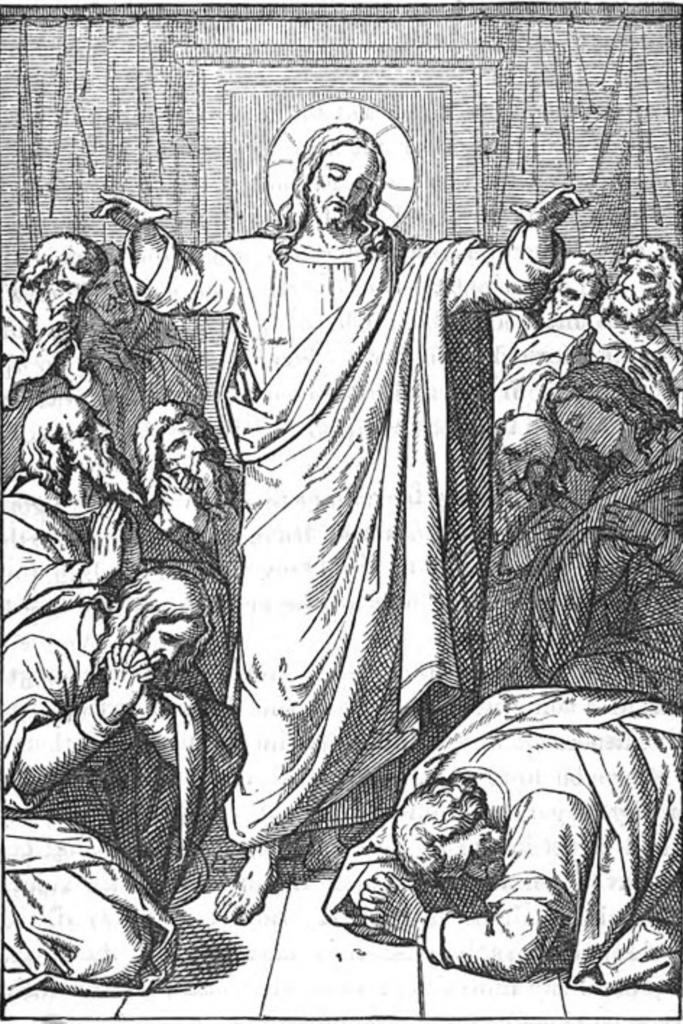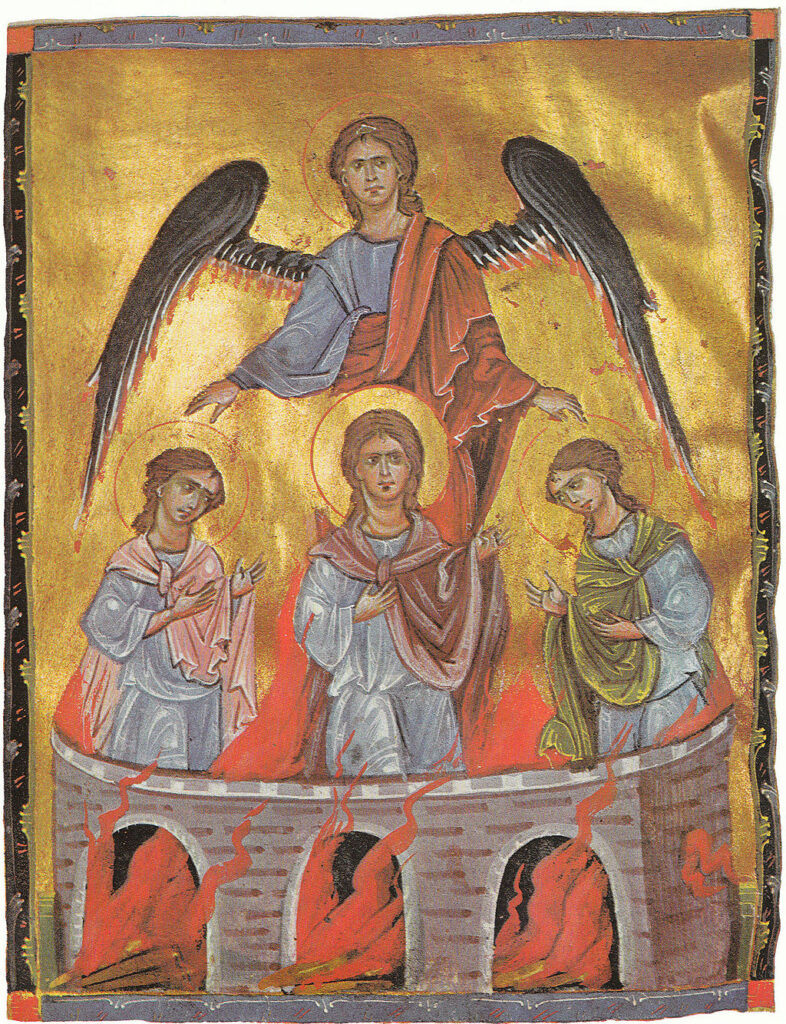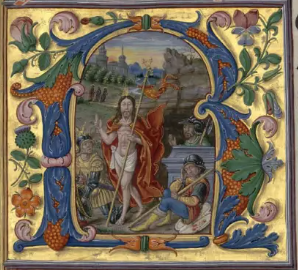A Flesh-and-Blood Resurrection

The period following our Lord’s resurrection was a time of strong emotions for his many followers. Some responded in fear (Mark 16:8), others with joy (John 20:20), and all seemingly with quite a bit of surprise. Yet while the emotional response to this world-changing moment may have come quickly, understanding came much more gradually over time.
Indeed, the Evangelists’ description of the resurrection is characterized by a slow progressive realization of what exactly Jesus has done and what it means for his followers. It’s hardly surprising, then, that the lessons that the Church ended up selecting for the days after Easter reflect the various revelations that the earliest Christians experienced as they saw their resurrected Lord.
The Gospel lesson for Easter Tuesday is no exception to this. In the selected pericope from the twenty-fourth chapter of St. Luke’s Gospel, we encounter some of Jesus’ followers discussing the witness of the men whom he had joined on the road to Emmaus (the Gospel lesson for Easter Monday). Suddenly, they discovered the Lord standing in their midst, but not realizing the significance of his bodily resurrection, they thought that he was some sort of a spirit. To counter their misunderstanding, the Lord showed them his wounded hands and side and even ate a bit of fish so that they could see that he was not just a spirit but flesh and blood just like they were.
On Easter Tuesday, then, the Church is reminded of a crucial dimension of our Lord’s resurrection: it was not merely spiritual or symbolic. Rather, Jesus rose body and soul, just as all those who have been joined to him will one day when the dead are raised. This third day of Easter, much like the whole Octave of Easter, is a time when Christians can continue the resurrection celebration by meditating on the many important consequences of a flesh-and-blood risen Savior.
A Brief History
As we mentioned in our post for Quasimodogeniti, the first eight days of the Easter season have been a time of continuous rejoicing for Christians since the earliest centuries of the Church. This was a time when those who had been baptized at the Easter Vigil would continue to wear their white garments and hear daily sermons on the faith into which they had now been received, experiencing like the earliest Christians ever new realizations of what the resurrection means.
While each of the first eight days of Easter has its own customary services and was celebrated in the early Church, by the eleventh century, the most prominent days on which services would be held were the Vigil of Easter, Easter Sunday, Easter Monday, Easter Tuesday, and Quasimodogeniti. Thus, Easter Tuesday came to be the end of a three-day general Easter observance that would be renewed once more on the following Sunday.

Throughout much of the Western world, many Christians and their governments continued to observe Easter Tuesday as an official holiday well into the twentieth century. Lutheran Norway, for example, had Easter Tuesday as a public holiday until at least the 1950s, when Francis Weiser notes that a chapel had been erected by the ski slopes outside Oslo so that pious Norwegians could attend services while they skied on Easter weekend and the following two days.
Very few governments, even in Christian countries, observe Easter Tuesday as an official holiday anymore, but many congregations throughout the Christian world continue to hold services on that day using the texts of the historic lectionary so that Christians can continue to revel in the continually unfolding joy of their Lord’s resurrection.

Collect
O God, who dost gladden us with the annual solemnity of the Lord’s Resurrection: mercifully grant that by celebrating these temporal feasts we may by Thy grace attain eternal joys; through the same Jesus Christ, Thy Son, our Lord, who lives and reigns with Thee and the Holy Ghost: ever one God, world without end. Amen.
Lessons
Resources

Blog post from the Rev. Stefan Gramenz on the Eastertide lections

Propers found in Daily Divine Service Book: A Lutheran Daily Missal, edited by the Rev. Heath Curtis
References:
1. Weiser. Francis X. The Easter Book. St. Augustine Academy Press. 2018.
Images:
1. Jesus appears to his disciples after he has risen. In The story of the Bible from Genesis to Revelation, 1873.
2. Fiery furnace by Toros Roslin, Western Asia, 1266
3. Appearance on the Mountain in Galilee, Duccio di Buoninsegna, Italy, 1308-11.

